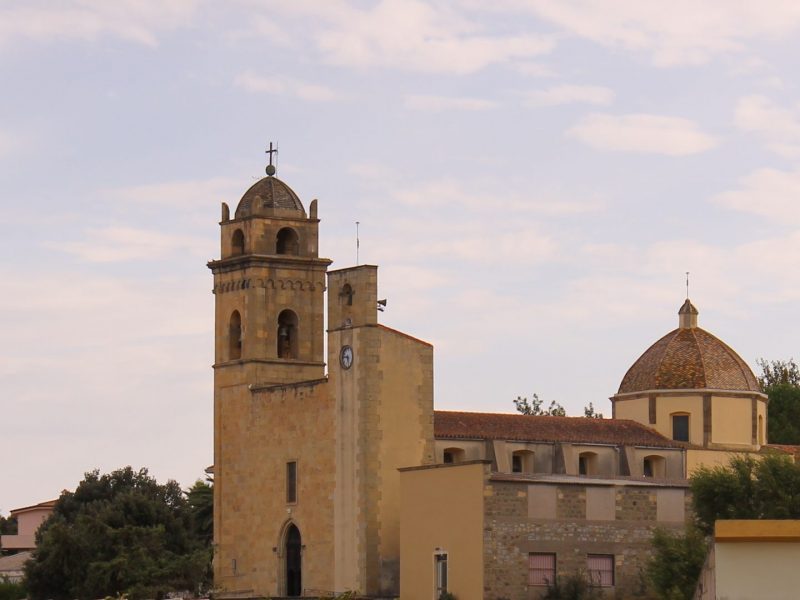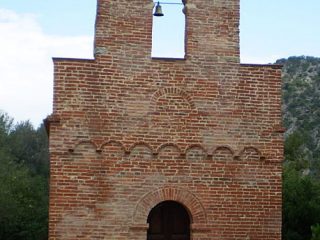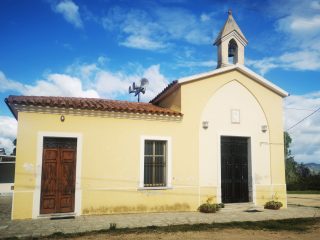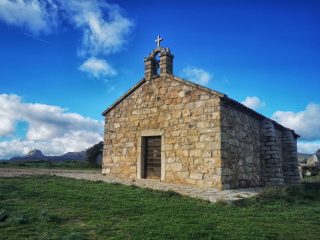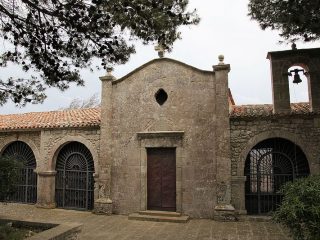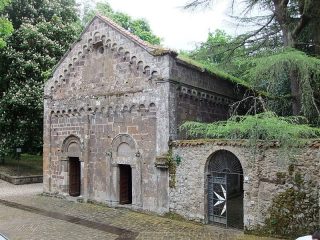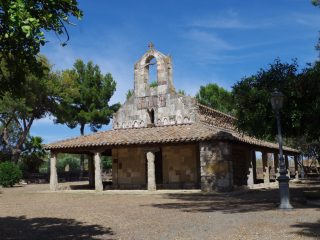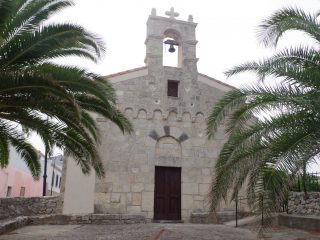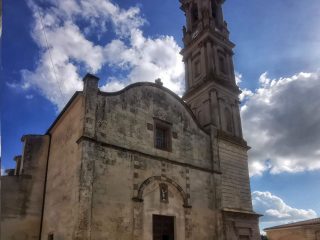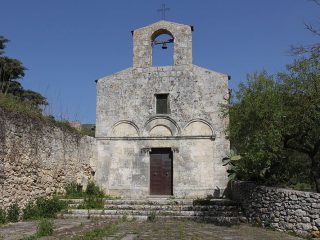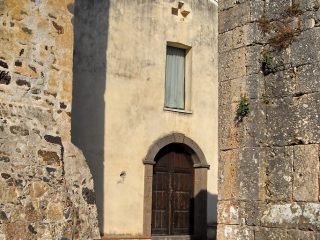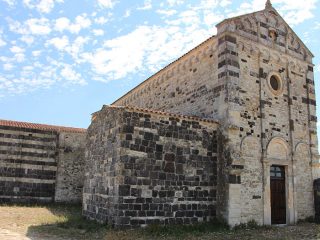The Church of San Giovanni Battista can be found in Lunamatrona.
We don’t know much about the construction of the church. The current-day building was built in the second half of the 1500s and probably replaced a previous church, belonging to the Benedictine monks, just like the surrounding grounds.
The construction went ahead because the Church of S. Maria, first parish church in Lunamatrona, was in a terrible state.
Over the centuries, the building underwent different restoration work.
The church has a rectangular layout with single nave and barrel vaults. It has four chapels each side, a raised presbytery, cupola roof on octagonal tholobate and rectangular apse.
The facade has a late-Gothic style ogival portal, the only clear evidence of the construction period in the 1500s, and a rectangular window above.
The square-shaped bell tower stands to the left with a small cupola on top and is decorated with suspended arches, dating from the XVII century. Meanwhile, on the right, there is a clock tower, with bell gable on top dating from the XVIII century.
The church still preserves important works of art inside, like the wooden pulpit from 1691 which came from the Cathedral of Ales and a baptismal font from the start of the XIX century. Furthermore, the first chapel on the right houses the Retablo di Santa Maria (altarpiece), a work by Antioco Mainas dating to the mid-1500s and originating from the Church of Santa Maria.
The work was produced in oil and tempera on wood. The paintings, separated by golden wooden frames and carved in Gothic style, following the late-Gothic and mannerist style, depict scenes from the life of Christ, the Virgin and the Saints. The Madonna on the throne with Child and the Crucifixion are depicted in the central section. The Archangel Gabriel, Our Lady of Annunciation and the Saints John the Baptist and the Archangel Michael can be seen in the side sections.
At the bottom, the altarpiece is rounded off with an altar cloth in five sections produced in polychrome marble and dating from the XVIII century.


